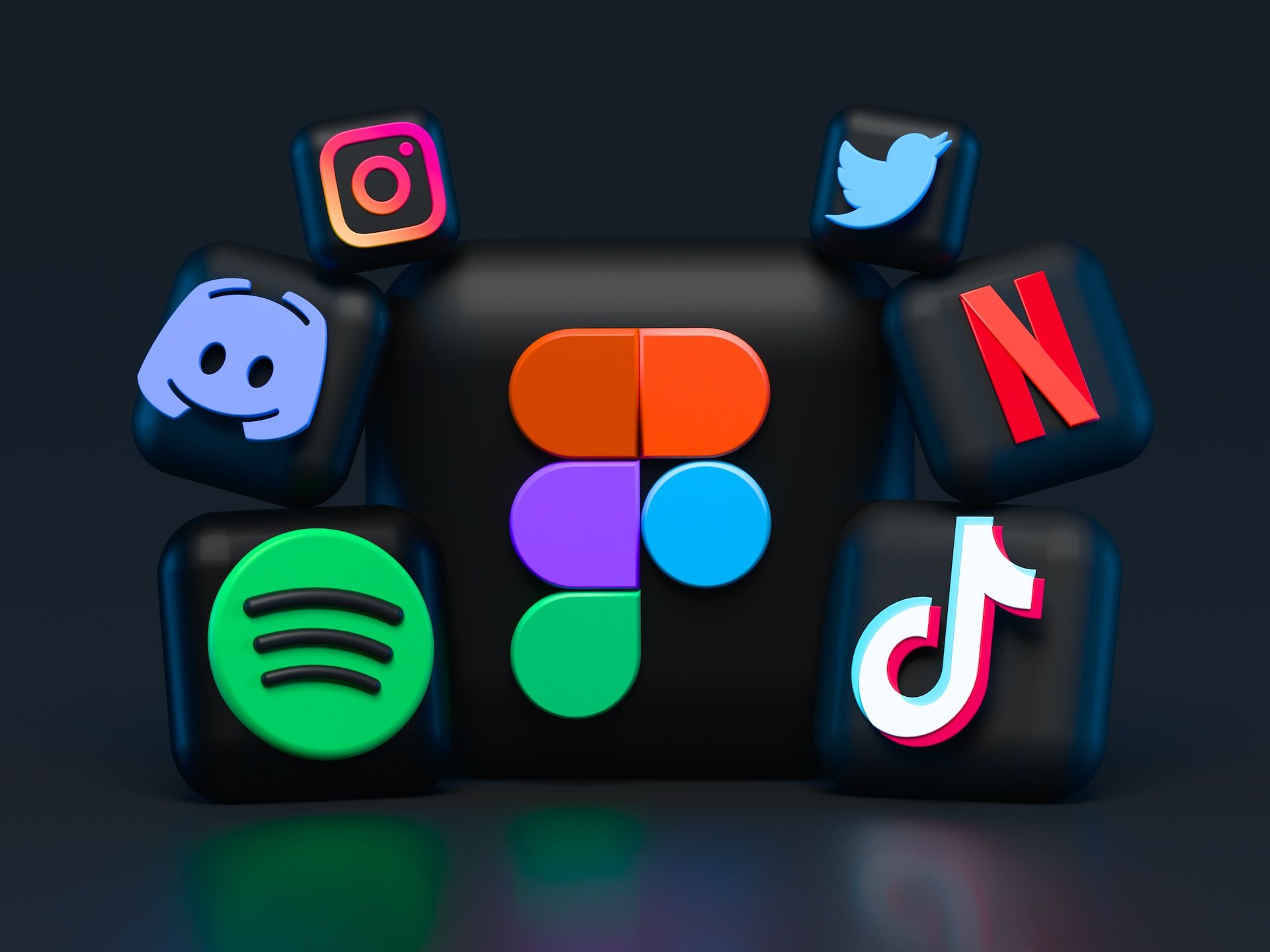Social Media: Transforming Broadcasting for Everyone

In today's digital age, social media has become an integral part of our lives, revolutionizing the way we connect, share information, and consume content. One area where social media has had a significant impact is the world of broadcasting. Through its interactive and accessible nature, social media has transformed the way we create, distribute, and engage with broadcast content. In this article, we will explore the role of social media in the development of broadcasting, highlighting its influence on content creation, audience engagement, and the democratization of media.
The Power of Social Media in Content Creation
Social media platforms, such as Facebook, Instagram, Twitter, and YouTube, have provided individuals and organizations with unprecedented opportunities to create and share content with a global audience. In the past, broadcasting content was limited to a select few media outlets, but now anyone with a smartphone and an internet connection can become a broadcaster. Social media platforms have become a breeding ground for aspiring content creators, enabling them to showcase their talents, express their creativity, and build their own communities of followers.
Enhanced Audience Engagement
One of the most significant advantages of social media in broadcasting is the ability to engage directly with the audience. Traditional broadcasting was a one-way communication model, where viewers passively consumed content without any means of interaction. Social media has changed that paradigm by allowing viewers to become active participants. Viewers can now comment, like, share, and discuss broadcast content in real-time, creating a sense of community and fostering a deeper connection between broadcasters and their audience. This level of engagement not only enhances the viewing experience but also provides valuable feedback and insights for content creators.
Democratization of Media
Social media has played a pivotal role in democratizing the media landscape. Previously, the power to control and distribute content was concentrated in the hands of a few media conglomerates. However, social media has shattered these barriers, giving a voice to marginalized communities, independent journalists, and citizen reporters. With social media, anyone can report on events, share their perspectives, and challenge the mainstream narrative. This has led to a more diverse range of voices and opinions in broadcasting, enriching the media landscape and promoting a more inclusive society.
Challenges and Considerations
While social media has undoubtedly transformed broadcasting, it also poses certain challenges. The speed and ease of sharing information on social media can sometimes lead to the spread of misinformation and fake news. It is essential for broadcasters and viewers alike to critically evaluate the information they encounter and verify its authenticity. Additionally, the algorithms used by social media platforms to curate content may lead to filter bubbles and echo chambers, where individuals are only exposed to viewpoints that align with their own. It is crucial for broadcasters to strive for balance, objectivity, and diverse representation to counteract these tendencies.
Social media has revolutionized broadcasting, offering new opportunities for content creators, enhancing audience engagement, and democratizing the media landscape. With social media platforms, broadcasting is no longer confined to a select few, but has become accessible to everyone with a voice and a story to share. While challenges exist, the benefits of social media in broadcasting far outweigh the drawbacks. As we move forward, it is crucial for broadcasters and viewers to embrace the power of social media responsibly, ensuring that it continues to be a force for positive change in the world of broadcasting.
